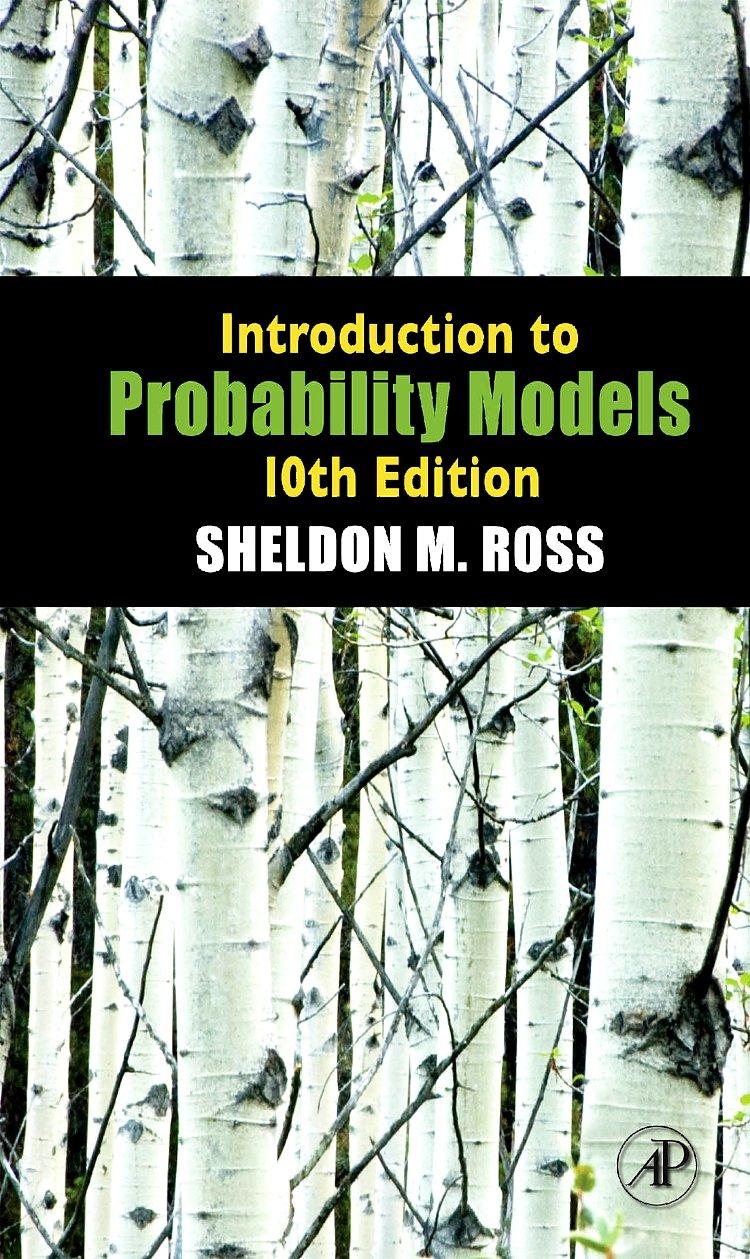Question
1. The cashier line of a canteen can facilitate up to 60 customers an hour. Frequenters of the canteen arrive at an average of 50
1. The cashier line of a canteen can facilitate up to 60 customers an hour. Frequenters of the canteen arrive at an average of 50 an hour.
a. What is the average arrival time in minutes of customers? b. What is the average service time in minutes of the canteen? c. What is the probability that the canteen has a customer? d. What is the probability that the canteen does not have any customer? e. How long would the line be on average? f. How many people are waiting to be served on average? g. How long in minutes would it take the customer from lining up until he leaves the waiting line? h. How long in minutes would a customer wait to be served on average? i. Find the probability that there are 7 customers in the system.
2.The cashier line of a canteen can facilitate up to 60 customers an hour. Frequenters of the canteen arrive at an average of 50 an hour. Suppose that management wants to evaluate the desirability of opening a second order-processing station so that two customers can be served simultaneously. Assume a single waiting line with the first customer in line moving to the first available server.
a. What is the average arrival time in minutes of customers? b. What is the average service time in minutes of the canteen? c. What is the probability that the canteen has a customer? d. What is the probability that the canteen does not have any customer? e. How long would the line be on average (average number of customers in the system)? f. How many people are waiting to be served on average? g. How long in minutes would it take the customer from lining up until he leaves the waiting line? h. How long in minutes would a customer wait to be served on average? i. Find the probability that there are 7 customers in the system.
3.Jobs arrive randomly at a particular assembly plant; assume that the arrival rate is five jobs per hour. Service times (in minutes per job) do not follow the exponential probability distribution. Two proposed designs for the plant's assembly operation are shown:
Design Mean Standard Deviation
A 6.0 3.0
B 6.25 0.6
a. What is the service rate in jobs per hour for each design? b. For the service rates in part (a), what design appears to provide the best or fastest service rate? c. What are the standard deviations of the service times in hours? d. Use the M/G/1 model to compute the operating characteristics for each design. e. Which design provides the best operating characteristics? Why?
Step by Step Solution
There are 3 Steps involved in it
Step: 1

Get Instant Access to Expert-Tailored Solutions
See step-by-step solutions with expert insights and AI powered tools for academic success
Step: 2

Step: 3

Ace Your Homework with AI
Get the answers you need in no time with our AI-driven, step-by-step assistance
Get Started


